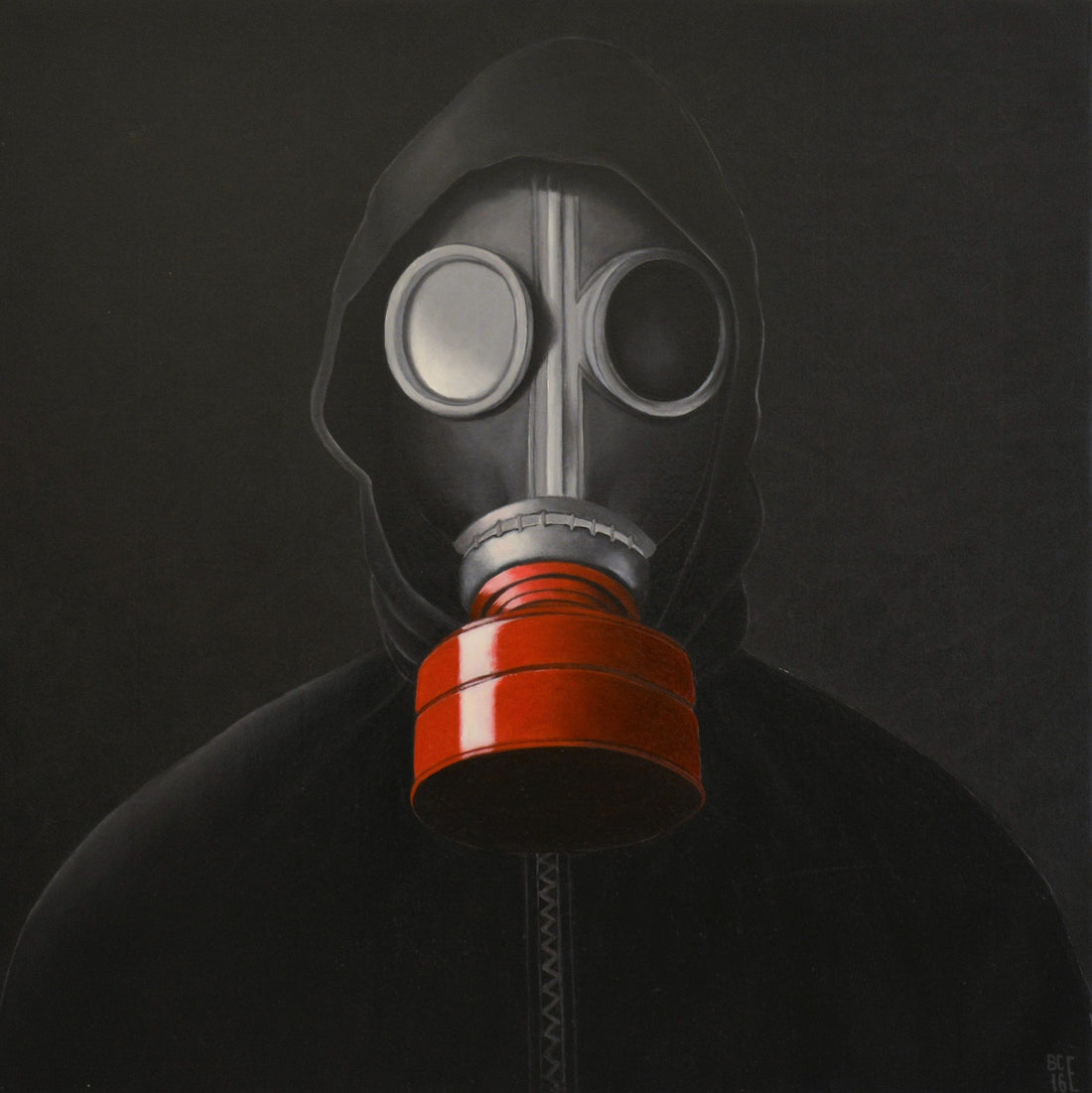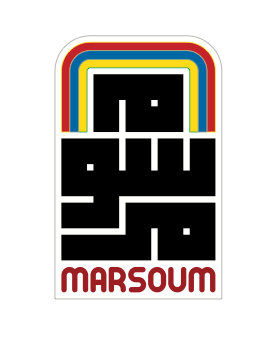
"Realisme Orientale": The Universe of Bente Christensen-Ernst by Tom Jørgensen
Share
"REALISME ORIENTALE"
The Universe of Bente Christensen-Ernst
by Tom Jørgensen
”Melancholy is as seductive as Ecstasy”,
Mason Cooley
Realism is not just realism. There is an immense difference between the objective realism of the Danish author Henrik Pontoppidan (1857-1943, Nobel Prize winner in literature) who used to ”submit problems to debate” and the magic realism of Gabriel Garcia Marquez. The same is true when speaking of other art forms: The early dramas of Henrik Ibsen and the cinematic art of Ingmar Bergman in contrast with the videos of Shirin Neshat and the films of Pedro Almadovar. The first two carry the stamp of Nordic serenity, rationality and stringency in narrative; the second exhibit strong passion, mystery and a complicated (melo)dramatic plot. The first two try to get the skeletons out of the closet while the others keep them as an integrated part of life.
When looking at the art of Bente Christensen-Ernst one is not left in doubt. Although being a Danish citizen, her realism is the southern type. Even when, with her sharp satiric approach in her paintings, she criticizes the social conditions in Denmark – especially the integration controversy – her realism is never one-dimensional but rather playfully ambiguous. The reason behind this is found in her colours. In contrast to the cool and bright colours that have been typical for North European painting since the Dutch painters in the 17th century, the colours of Bente Christensen-Ernst are palpable, glowing and smouldering. They nearly feel like velvet. These are colours that have been influenced by a totally different landscape, a totally different nature and a totally different mentality than those of Scandinavia where light does not permit the same saturation in colours as it does down south.

This is a world where ecstasy
and melancholy are two sides of the same coin
When speaking about what the art of Bente Christensen-Ernst is not, one also has to mention Pop Art. At first glance the saturated colours, the sharp outlines and the graphically confident composition might call to mind American Pop Artists such as Andy Warhol, James Rosenquist and Mel Ramos. There is however a striking difference in her approach to the subject. Generally speaking, Pop Art is optimistic, rational and deliberately anti-narrative while the paintings of Bente Christensen-Ernst are narrative, enigmatic and rather melancholic. When Bente Christensen-Ernst paints a pear, a couple of cherries, a rose or a fish, they do not appear as if in an advertisement. On the contrary, she elevates them to an otherworldly sphere where they come to appear preternatural. It is as if she is painting the idea of the flower, of the fruit or of the fish just as a poet in his poetry attempts to catch the fickleness of life or the memory of the scent of a woman he once loved.
The paintings of Bente Christensen-Ernst elevate the familiar to a transcendent reality where flower and fruit turn into human beings and vice versa. This is a world where physical pleasure derived from the sensuous aspects of life is mixed with sadness at the shortness of our lifespan. This is a world where beauty is inextricably and inescapably bound up with pain and where ecstasy and melancholy are two sides of the same coin. This approach to life and to art is far from that of Scandinavia. But this is also how I view Bente Christensen-Ernst: She is an "Easternised" Scandinavian. And this is meant as a compliment.
Tom Jørgensen, author and art critic
